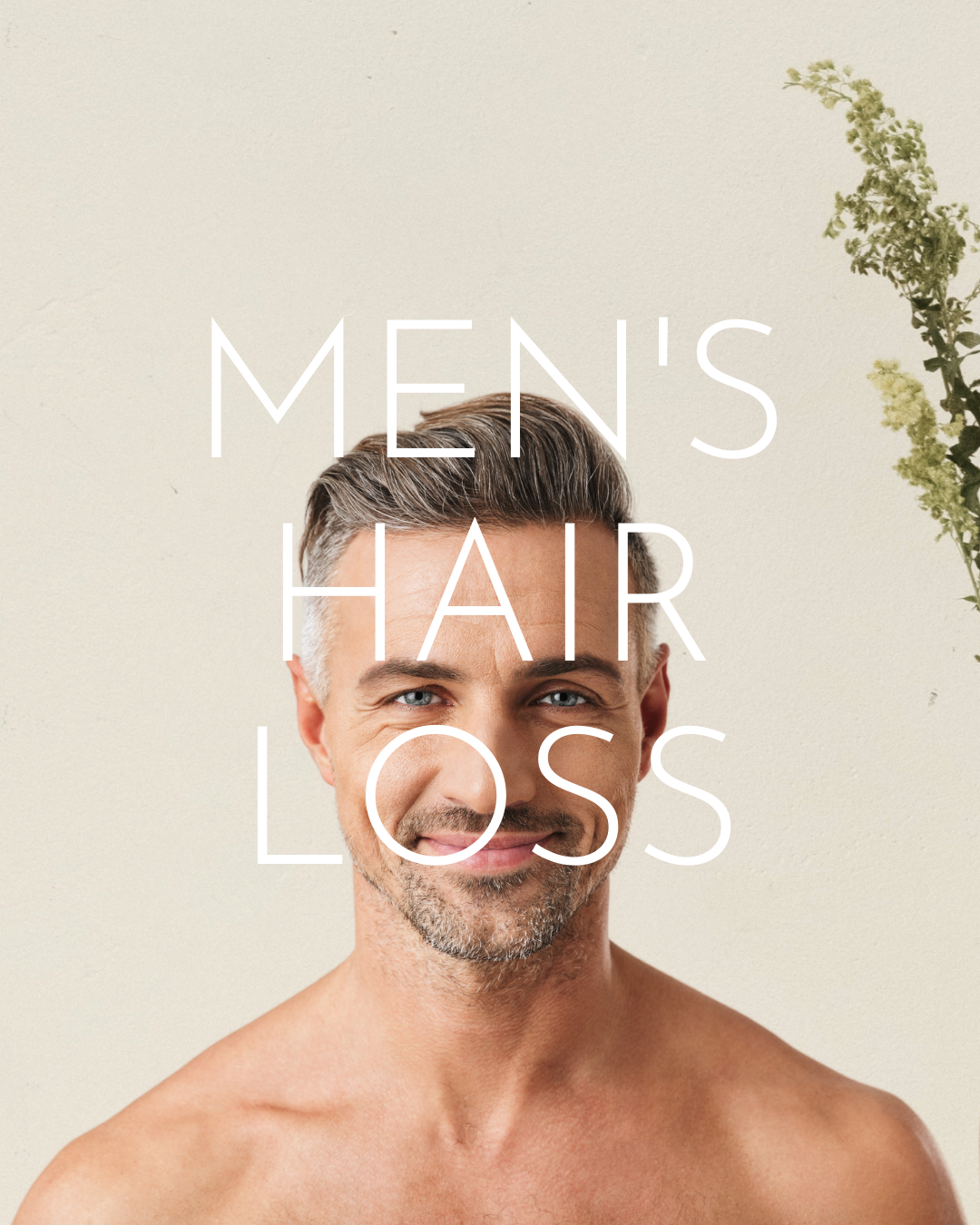Is It Too Late To Treat My Receding Hair Line?
By the time many men reach their late 30s, the thinning above the temples and receding of their hairline has already begun. In fact, the majority of male pattern hair loss is setting in between the ages of 18-26. It is estimated that 35 million men in the United States alone are affected by male pattern hair loss. However, with early intervention it can be identified by a predictable pattern of hair loss and treated. How?
Identifying Hair Loss
Men usually notice this type of hair loss with a receding frontal hairline or thinning and baldness at the crown or vertex. The onset, rate and severity of hair loss are unpredictable and can increase with age and can be progressive. Hair loss in men primarily occurs between the late teens and 40’s and 50’s. In general, those who begin to lose their hair in their 20’s are those who have the most severe hair loss.
In some men, initial hair loss may be delayed until the late 30’s to 40’s. It is generally said that men in their 20’s have a 20% chance of male pattern hair loss, men in their 30’s have a 30% chance and men in their 40’s have a 40% chance, etc.
Why is it happening?
Simply put, the hairline recedes when a derivative of testosterone, dihydrotestosterone (DHT), attacks the hair follicles. A genetic intolerance to this hormone leaves follicles deprived of nutrients that they need to grow strong and healthy hairs. The good news? A receding hair line does not always mean you have less hair. If caught early enough, it can simply mean the hairs are getting thinner and finer. In this case, proper stabilizing protocol can replenish and nourish the follicles creating increased density and strength.
More Than Meets The Eye: Underlying Factors
Hairlines can be influenced by genetics, lifestyle, hair habits, and hormones. Irregularities in hair, skin or nails typically indicate that there are important underlying factors needing to be identified. Younger men in particular experiencing receding and loss may benefit from hormone or nutritional analysis, such as the non-invasive follicular analysis.
What Works?
The three steps to treating a receding hairline are to stabilize, boost, and maintain. This means that any current loss comes to a hault, and then hair-stimulating boosters can reinforce nutrients and strength to the existing hairs.
Try:
Oral Medication: Propecia/Finasteride RX: Propecia works by blocking the conversion of DHT, essentially stopping the hair loss by 90%- 92% of the cases.
Medical Grade Laser Therapy: This form of treatment uses a laser cap to stimulate hair growth, stabilize loss, and slow damage to hair follicles.
Minoxidil + Finasteride RX: Minoxidil is widely used for the treatment of hair loss in topical form. Finasteride is also used topically to treat male pattern hair loss (androgenic alopecia) in men only. Put them together and get a potent formula for men effective in both the prevention of loss and in hair re-growth.
PR+P (Platelet-rich plasma therapy): One of the most innovative therapies you can get today for hair loss is platelet-rich plasma (PRP). PRP hair loss treatments use a concentrated amount of your own plasma to regenerate cells and promote healthy hair growth.
Exo+: Cutting edge boosters with optimum effectiveness for all age ranges, and has been clinically shown to help regenerate and regrow hair as a treatment for both men and women. When injected in the scalp, the result is thicker, healthier hair by the delivery of over 1-10 billion growth factors to affected areas.
Want more information on how to treat your receding hair line? Fill in the blanks with a 1:1 complimentary consultation with hair loss experts. Receive customized hair care recommended protocol, education, and 3D hair density scan.





















